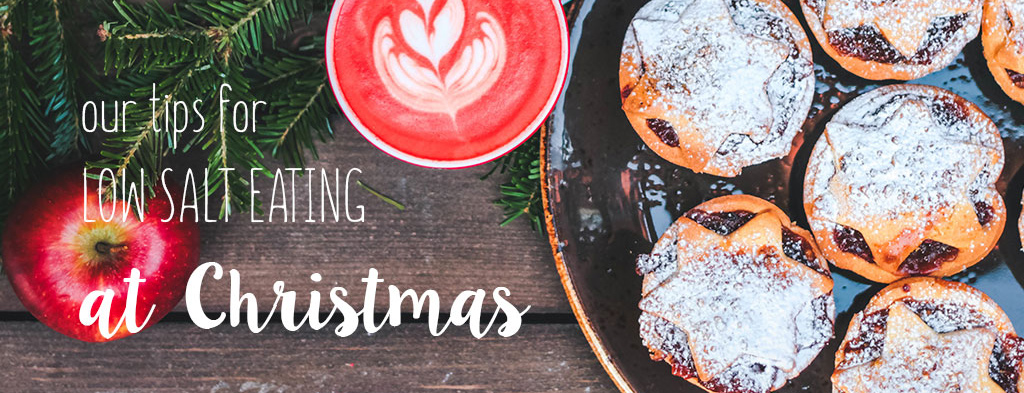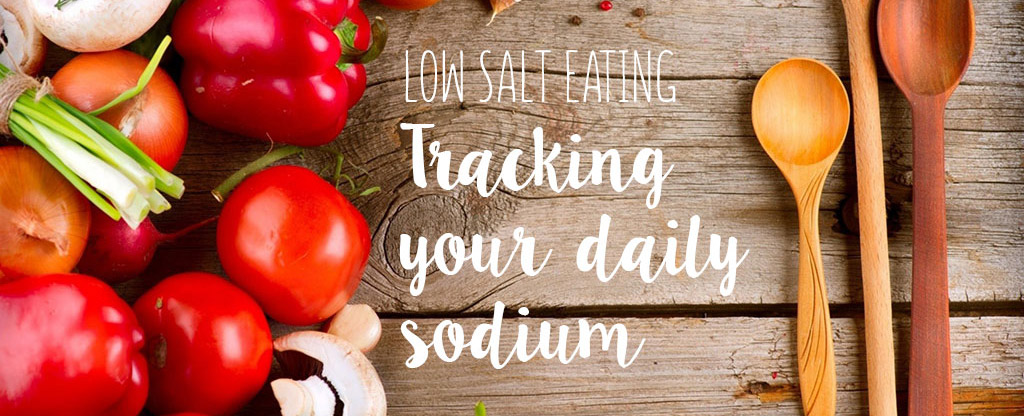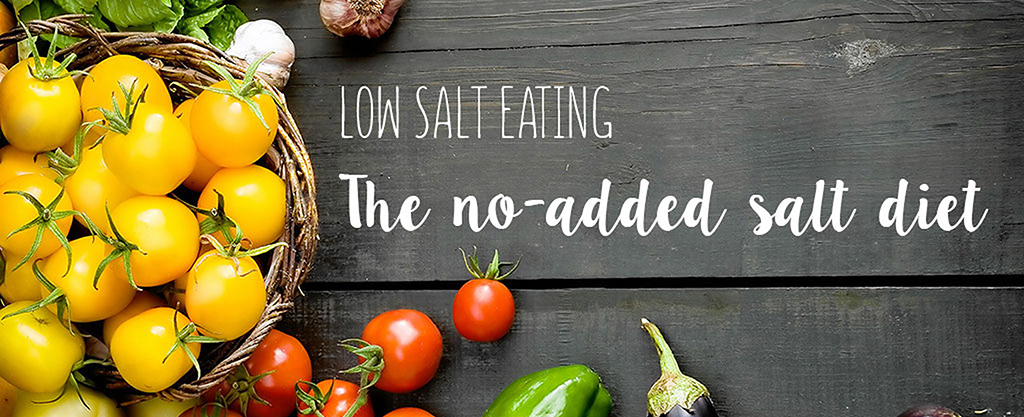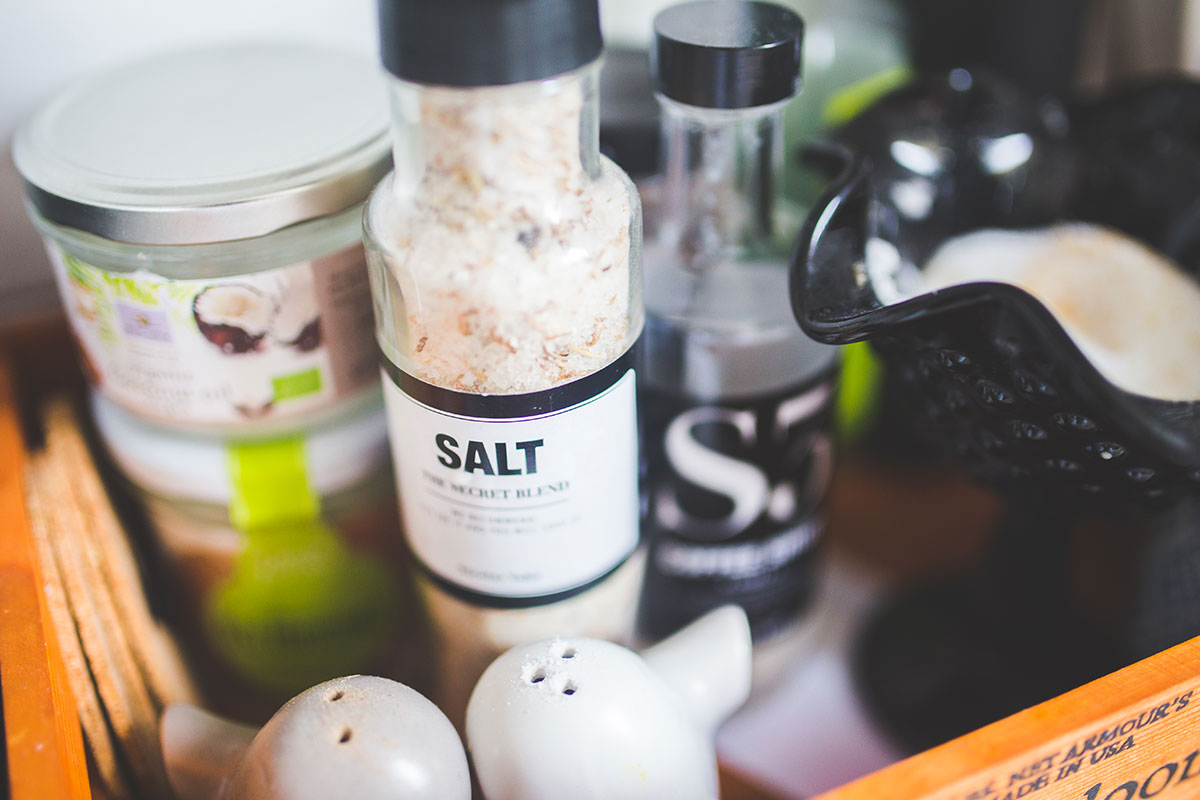Many people with liver disease are advised by their specialist to follow a low salt diet. Unfortunately, quite often no other information is given and people are left wondering just what to eat.
Salt/sodium, which is it?
Generally we’re used to talking about salt when it comes to food. However, it’s the sodium in salt (which is made up of sodium and chloride) which is of concern to our health. Packaged food labels state the amount of sodium they contain so it’s usually enough to know what your recommended maximum daily intake is. If you need to convert salt to sodium or vice versa, the Heart Foundation has a guide for you.
Continue reading “Low Salt? But what will I eat?”




